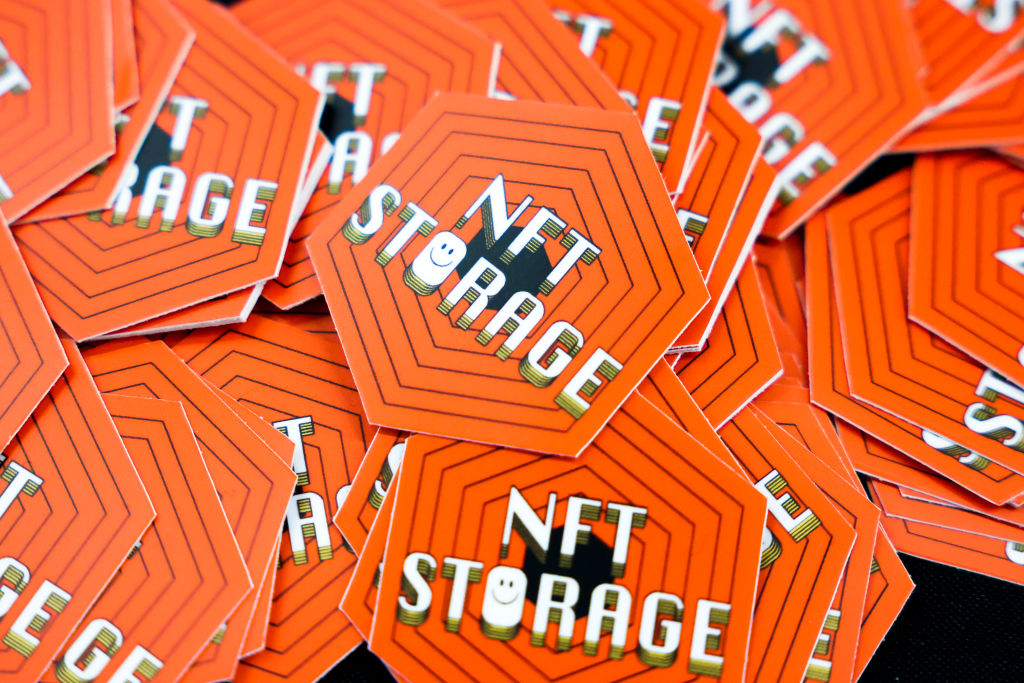Magic materials, paperless tickets and Web3: Sports technology trends to watch in 2023

Rebecca Hopkins, chief executive of the STA Group, picks out the sports technology trends to watch in the next year.
It is exciting to realise how far sport has come in the past 12 months and whilst the post-pandemic era is throwing up more external challenges than could have been predicted, the sector remains as exciting and dynamic as ever.
Last year, predictions for the global sports technology market value were around $8bn. The actual valuation proved to be $18bn, demonstrating tech-led innovation’s power within the wider sports market. So, what are the key trends industry watchers should look out for?
Data
The wider sports industry is still a long way from being data-led but it is progressing and there are a lot of very good technologies on offer to help things along, especially now AI is gaining real traction.
There is equal buoyancy in innovation for sports and business performance, but a long-standing sector quirk is that those disciplines largely operate in silos. Any technology targeting the sector should pick a side and stick with it as we are still far from seeing these unite.
The metaverse
The promising advances in the Web3 space have been slightly overshadowed by the joint forces of industry failures and the macroeconomic environment.
The sport sector’s limited understanding of the potential has meant short-term profits have been prioritised over long-term fan experience.
The first NFT wave, led by speculation and multimillion digital art sales, is over with trading volumes in these areas tumbling 97 per cent from $17bn at the start of the year to $466m in September.
It is likely that current conditions are merely a market correction – projects and products that were never going to make it have been weeded out – after all, it was only after the dot com crash that the true giants of the internet emerged.
The current state of Web3 is more of a cultural force than an actuality, and the technology which underpins it is a way off from where it needs to be. However, its progress is fascinating.
Well-funded first movers in the space continue to prosper, especially as the mainstream market grapples with Web3’s power to unlock new value streams.
Sports viewing
Today’s sports fans have more options than ever for consuming the content they love but, behind the scenes, there are two significant factors that are affecting the wider industry.
Firstly, consolidation between media companies means industry suppliers are being rationalised and there will be fewer customers overall. Secondly, exciting and engaging on-screen innovations continue to arrive in numbers, but budget and back-end infrastructure are barriers to adoption.
Technology continues to be a significant force in shaping all elements of training from podium down. It is exciting to see VR finally becoming more widespread. Whilst it is still a long way off any form of mass adoption, at last it is getting traction in the elite space.
Sports kit
Forecasters in 2020 could have been forgiven for predicting a rosy post-pandemic market. It was entirely reasonable to believe that behind the scenes in lockdown, creative thinking was building up and a plethora of great kit would emerge post-pandemic.
No. The ecosystem surrounding apparel is extensive and complex, and two years of limited collaboration, coupled with macro-economics and a massively disrupted supply chain have taken a significant toll.
However, there are exciting developments, largely in the form of “magic materials”. These are sustainable ones which have significant recycled content, use less water in the manufacturing and use alternative basic fibres.
There are also tech-forward ones, like Graphene, which is exceptionally light, non-toxic, anti-bacterial, hypoallergenic, flexible, waterproof and comes in ink form, meaning it can electronically impregnate materials. This is a major step forward in linking clothing to mobiles and, therefore, measuring performance.
Matchday experience
In the post-pandemic era, even amidst mounting inflation, people still want to experience live events. Fans are willing to pay for the privilege, with some reports suggesting consumer expenditures at venues has increased, despite economic pressures.
Venues used to answer primarily to fans but now artists and athletes make demands, especially when it comes to sustainability.
“Thinking green”, coupled with post-pandemic initiatives, like paperless ticketing and non-contact purchasing, will continue to expand. Coldplay led the way with their recent world tour but expect many more ideas to follow.
Future-proofing
Covid-19 showed that it is perfectly possible to bring the world to a standstill; the worsening symptoms of climate change – like major storms, extreme heat and poorer air quality – have the potential to see this happen again.
The sports industry needs to play its part in being more responsible. Major events are fighting this on two fronts: what they do in venues as well as indirect sources, such as supply chains and fan travel. There is a raft of innovations helping them in the battle, many of which can – and will increasingly – be seen as sponsors and partners.
This is a mere snapshot of developments in sports internationally; topics such as betting, fan engagement, organisational change and the start-up community are all seeing exciting evolution.
Testament to the power and potential of sports is the interest in it now being more fully taken by Big Tech. Initially this tended to be in the form of toe-dipping, but as Apple, Amazon, Alphabet and Meta all start to take steps, expect these to become strides in the near future. That’s when life will get really exciting.
Rebecca Hopkins is the CEO of The STA Group a multifaceted sports technology business, operating at the heart of sport globally. The STA Group works with global visionaries to identify, inform and celebrate the most innovative brands in sports. To download your copy of The Sports Technology Annual Review and Power List, please click here.